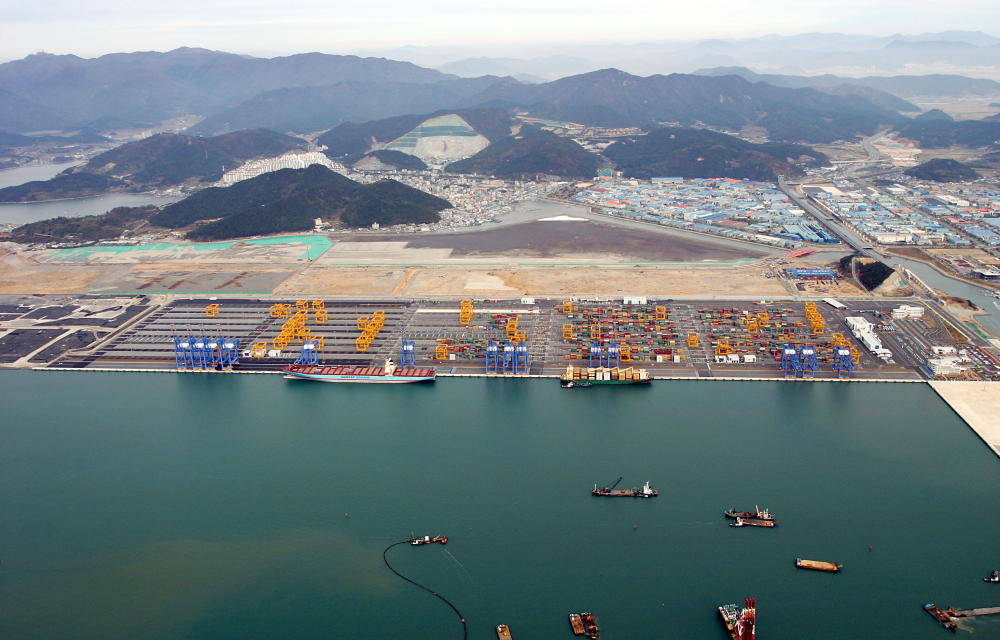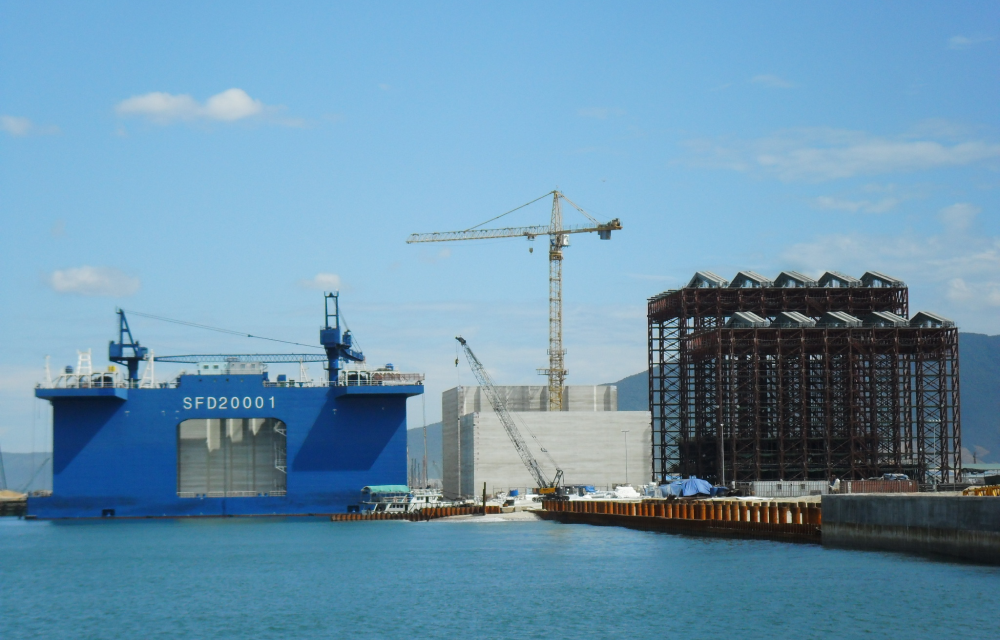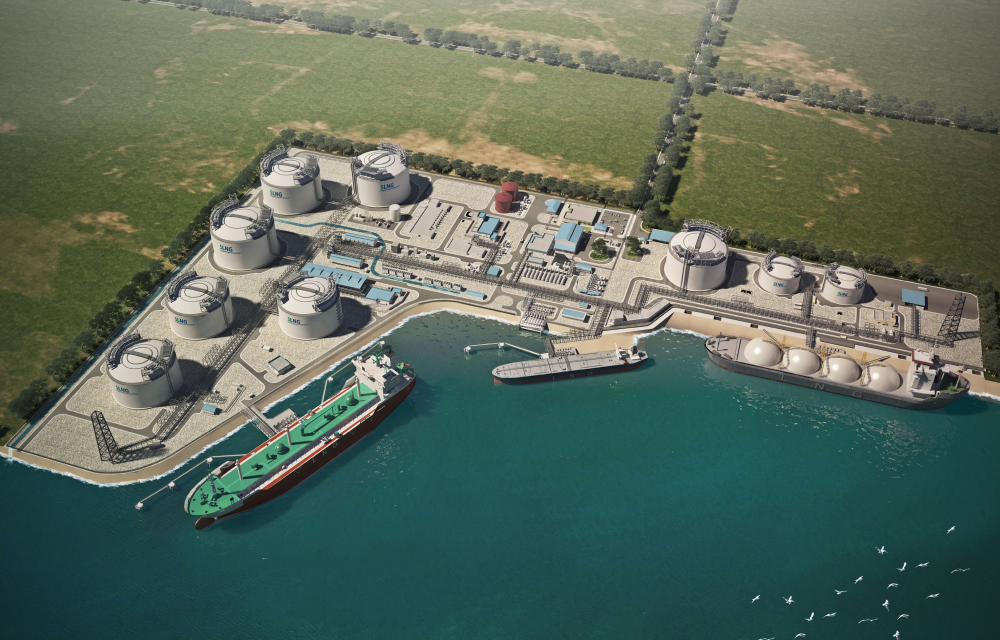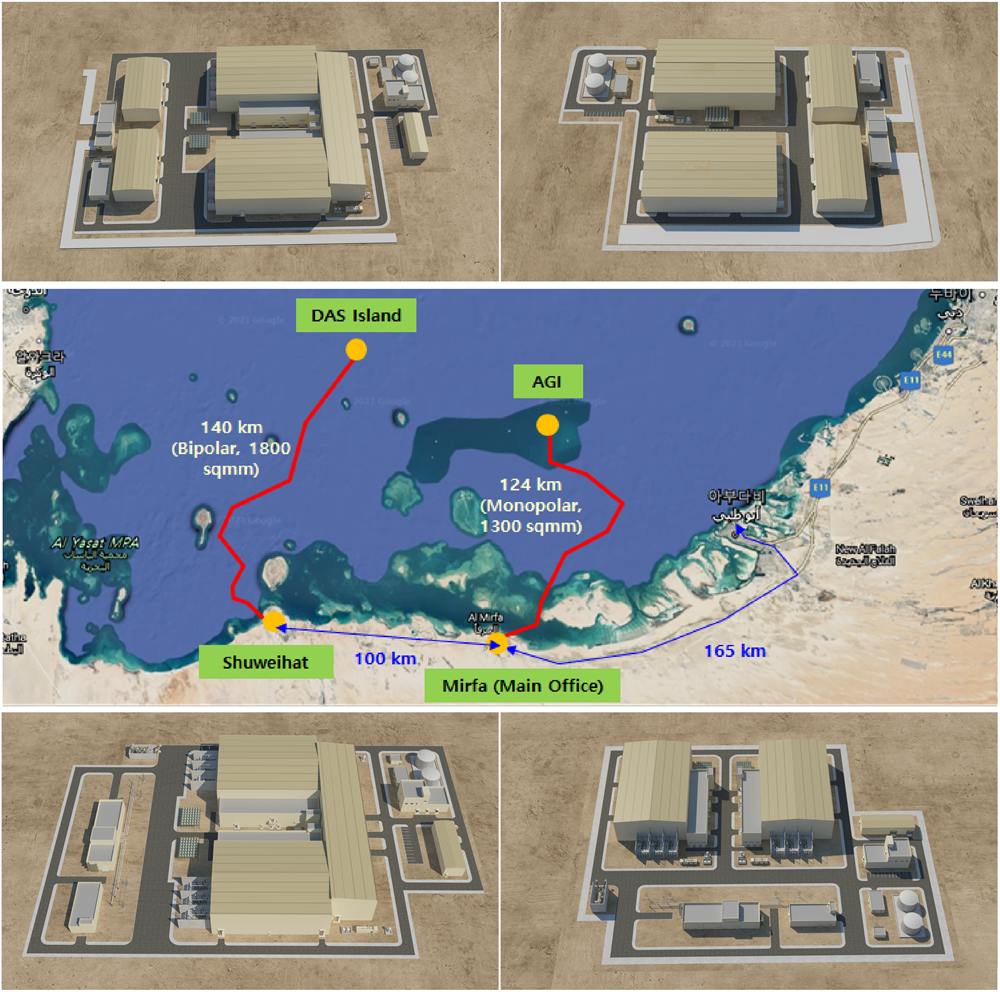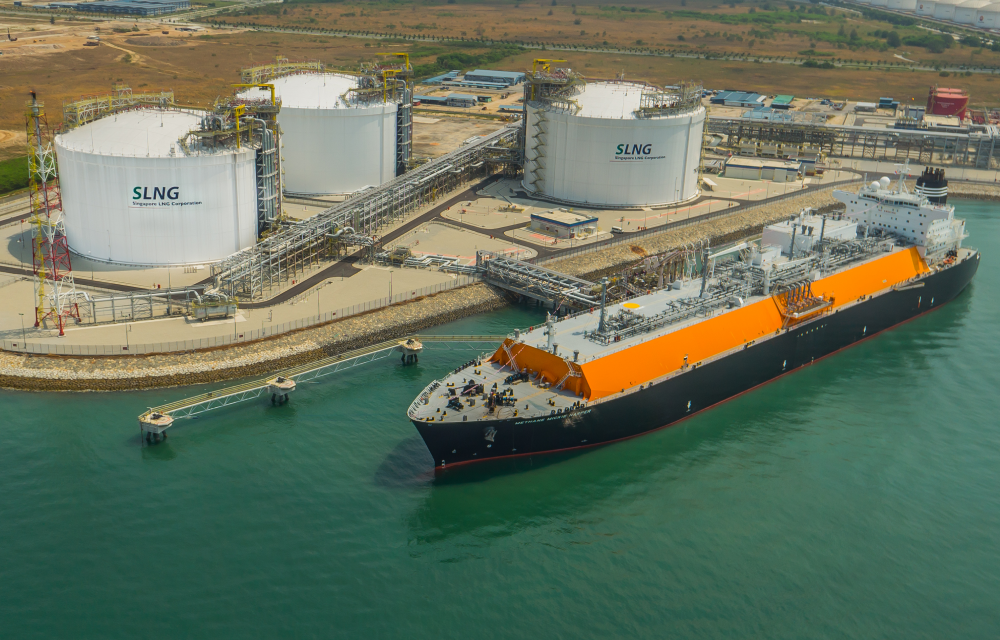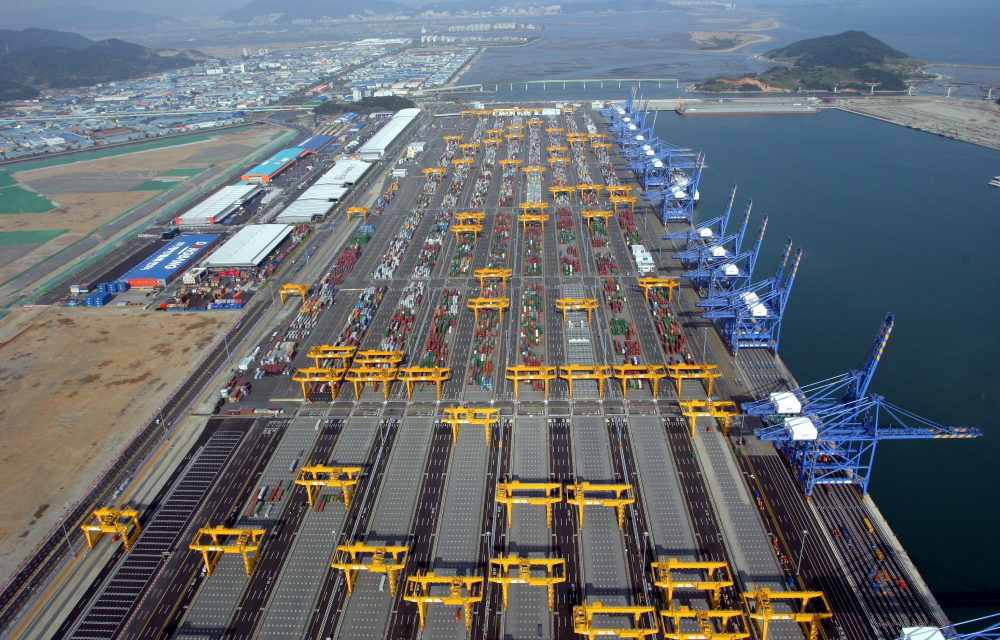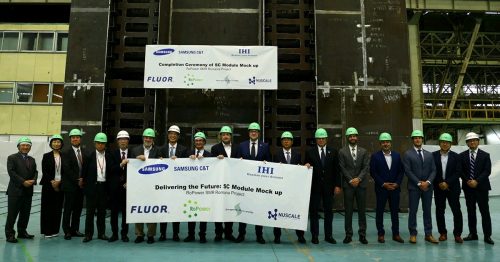Some movies about the future depict undersea cities where people live and work. While humans are not building metropolises below the oceans yet, there is more and more marine construction going on, because the sea offers infinite possibilities and resources.
Building structures and infrastructure in, under, and next to the sea is called “marine construction.” According to one market research company, the size of the marine and port construction market has grown and will continue to grow to an expected US$51.86 billion in 2028 at a compound annual growth rate of 3.8%.
In this market sector, Samsung C&T’s E&C Group continues to pursue new challenges on the sea. Let’s look at some projects the group has been involved in.
First port of call
The first type of marine construction that people often think about is ports, the main points of entry and exit for goods traded around the world. The World Bank estimates that more than 80 percent of global trade is moved from place to place through shipping, which begins and ends at sea ports.
In terms of total container throughput, Busan ranks the number port 7 in the world. It handles thousands of ships per year. Samsung C&T E&C Group participated in construction of Busan New Port, which has a start-of-the-art IT system, facilities, and equipment that have raised productivity by more than 35 percent compared to other ports. Busan New Port is now an international trade hub of the Pacific region.
Elsewhere in the world, Samsung C&T E&C Group was involved in a port construction project in Vietnam, where it manufactured and placed no fewer than 248 caissons weighing around 14,000 tons each for the Son Duong Port, built to service a steel mill.
In Singapore, the Group participated in the project to construct Singapore LNG’s secondary jetty, dredging 1.2 million cubic meters, improving the ground, building a key wall more than half a kilometer in length, constructing four loading arms, and laying LNG pipes.
Under the sea
Samsung C&T E&C Group is making more than ports by the sea; it is also working on projects beneath the surface of the water.
For example, the UAE HVDC Subsea Transmission Project in the United Arab Emirates will be the first subsea high voltage direct current transmission network in the Middle East, connecting two islands to locations on the mainland. The Abu Dhabi National Oil Company (ADNOC) is moving generators offshore to generate more sustainable power. In order to transmit electricity long distances while losing less power, alternate current (AC) will be converted to direct current (DC), and then converted back to AC after transmission through the cables.
Due to being scheduled to start electrical transmission in 2025, this project will involve laying 1,000 kilometers of cabling, much of it under the sea, over a total distance of over 500 kilometers, bringing electricity from offshore generators to converter stations on the mainland.
Winning land from the sea
For centuries, humanity has been making dry land where once there was seawater, reclaiming land from the sea. In this endeavor, too, Samsung C&T E&C Group has been building competency, working in several land reclamation projects.
In Korea, the Busan New Port project involved land reclamation using the deep cement mixing method. This method is a deep foundation ground improvement technique of geotechnical engineering where a binder material, typically cement, is injected into the ground for stabilization and land reclamation. The technique can also be used to contain contaminants and cut off water.
Beyond Korea, the Group reclaimed 30.8 hectares on the southeast coast of Singapore’s Jurong Island to create an industrial complex. An earlier project on the same island won 1.8 million hectares of land from the sea and constructed an 800-meter dock.
Terminal velocity
We have already seen that Samsung C&T E&C Group helps to construct ports. It also builds terminals, which are storage and processing places attached to ports. On Singapore’s Jurong Island, where the Group has carried out land reclamation projects, it has constructed an LNG terminal consisting of three tanks, each capable of holding 180,000 cubic meters of liquefied natural gas, as well as regasification facilities.
Meanwhile, at Busan New Port, Samsung C&T E&C Group has constructed a container terminal to increase the capacity of containers that the port can unload, store, and load. This project involved dredging and filling more than 2.5 million cubic meters of earth, building a port quay wall measuring 750 meters, and constructing a revetment measuring 195 meters.
Humanity might not yet be ready to build cities under the sea, but it needs more and more things to be built beside or beneath the sea, like terminals, ports, subsea cables, and land reclamation from the sea. Samsung C&T E&C has accumulated expertise and knowhow through decades of carrying out such projects and is ready to take on the challenges of the future to help humanity take the most advantage from the possibilities and resources that the sea offers.


